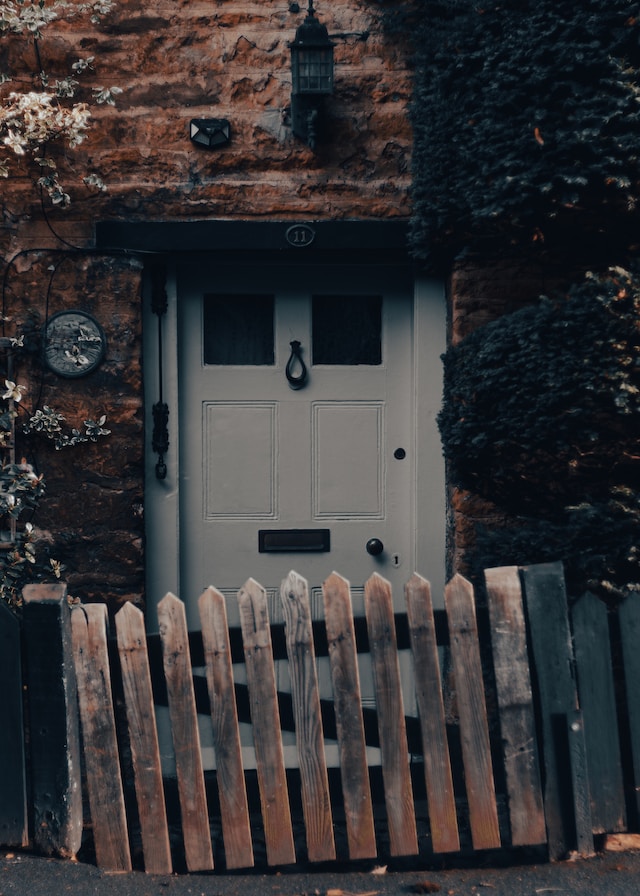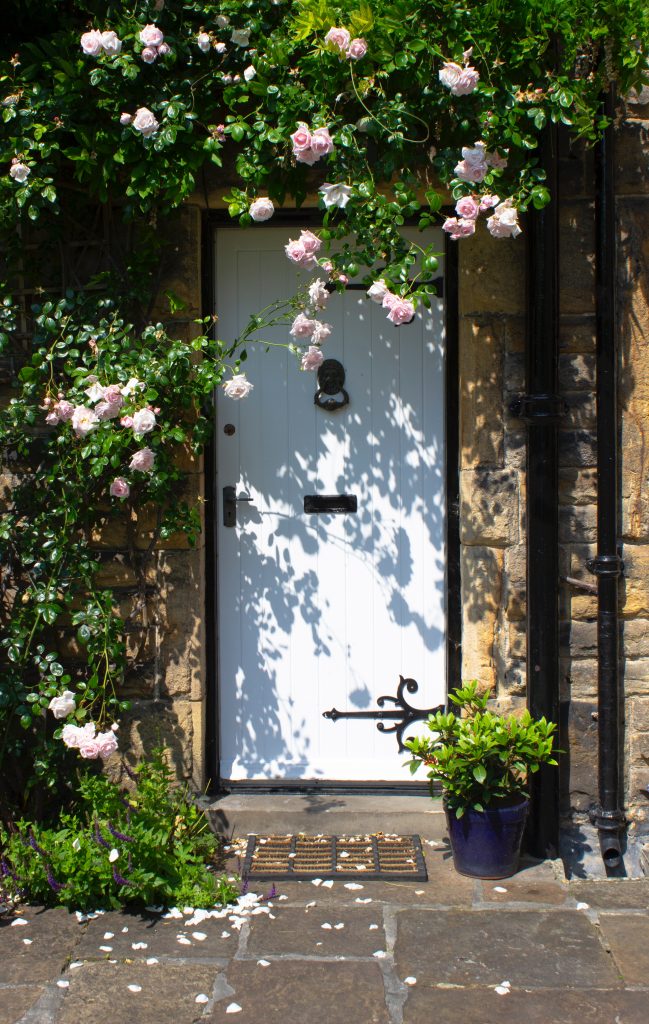2008
Window shutters were originally created to keep out the elements and to allow a degree of privacy in the home.
It isn’t certain, but many believe the original window shutters came from ancient Greece and were made with marble louvres. These shutters were ideal for keeping out the heat but were expensive to make. However, the trend quickly caught on and spread throughout the Mediterranean where the material was changed to wood to be more affordable for the masses. This had the added advantage that the wood could be coloured to match or contrast with the home and made individual to the owner’s taste.
Later, the louvres were adapted so they could be moved to adjust to the owner’s taste for the amount of light and air they let in.
By the time of the Tudors and the Elizabethans, the shutters had been altered again when they tried glass shutters. Again, this was more expensive so they started to have the upper half made of glass and the bottom half was made of wood. This construction meant the windows stayed shut.
With the invention of the hinge, the solid wood was replaced with glazed glass that could be opened and window shutters then became more decorative, used on the inside of the windows.
In the Victorian period, this is when people started to use shutters outside the windows for decorative purpose, and it is still an attractive feature many people like to use now.



